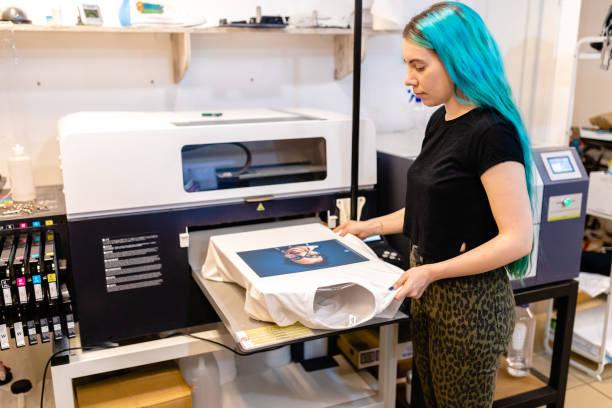Notifications

3 minutes, 32 seconds
-21 Views 0 Comments 0 Likes 0 Reviews

Screen printing is a popular technique used to transfer designs onto various surfaces like fabric, paper, or even metal. It involves creating a stencil (or screen) and using it to apply layers of ink onto the printing surface. This method is widely used in the textile industry for t-shirts, posters, and even promotional materials. In this article, we'll break down the screen printing process and explain each step in detail.
Screen printing begins with the creation of a screen, which is typically made of fine mesh fabric stretched over a frame. The design is transferred onto the screen through a process called emulsion coating, where a light-sensitive emulsion is applied to the mesh. After drying, the design is placed on the screen, and light is used to harden the emulsion, leaving the areas exposed to light impermeable to ink. The unexposed areas form the design's "stencil," allowing ink to pass through and create the print.
Once the screen is prepared, the printing process begins. The screen is positioned over the material to be printed, and ink is poured onto the mesh. A squeegee is used to spread the ink across the screen, forcing it through the openings in the mesh where the emulsion has been washed away. The design appears on the material below as the ink passes through the screen. Multiple layers of ink can be applied to achieve a more vibrant or intricate design. This process can be repeated for different colors, with a separate screen created for each hue.
After the design is printed, it’s essential to cure the ink to ensure it adheres properly and becomes permanent. The printed material is passed through a dryer or placed in a curing oven where heat sets the ink. This step is crucial to avoid smudging and ensure the print’s durability. Depending on the type of ink used, curing times and temperatures may vary, but the goal is always to ensure that the design is fully bonded to the surface.
Screen printing is a versatile and effective method for creating high-quality prints on a variety of materials. From preparing the screen to applying the ink and curing the design, each step plays a vital role in ensuring the final product is sharp, vibrant, and long-lasting. Whether you're printing on fabric, paper, or other materials, understanding how screen printing works allows you to appreciate the precision and craftsmanship behind this classic printing technique.

